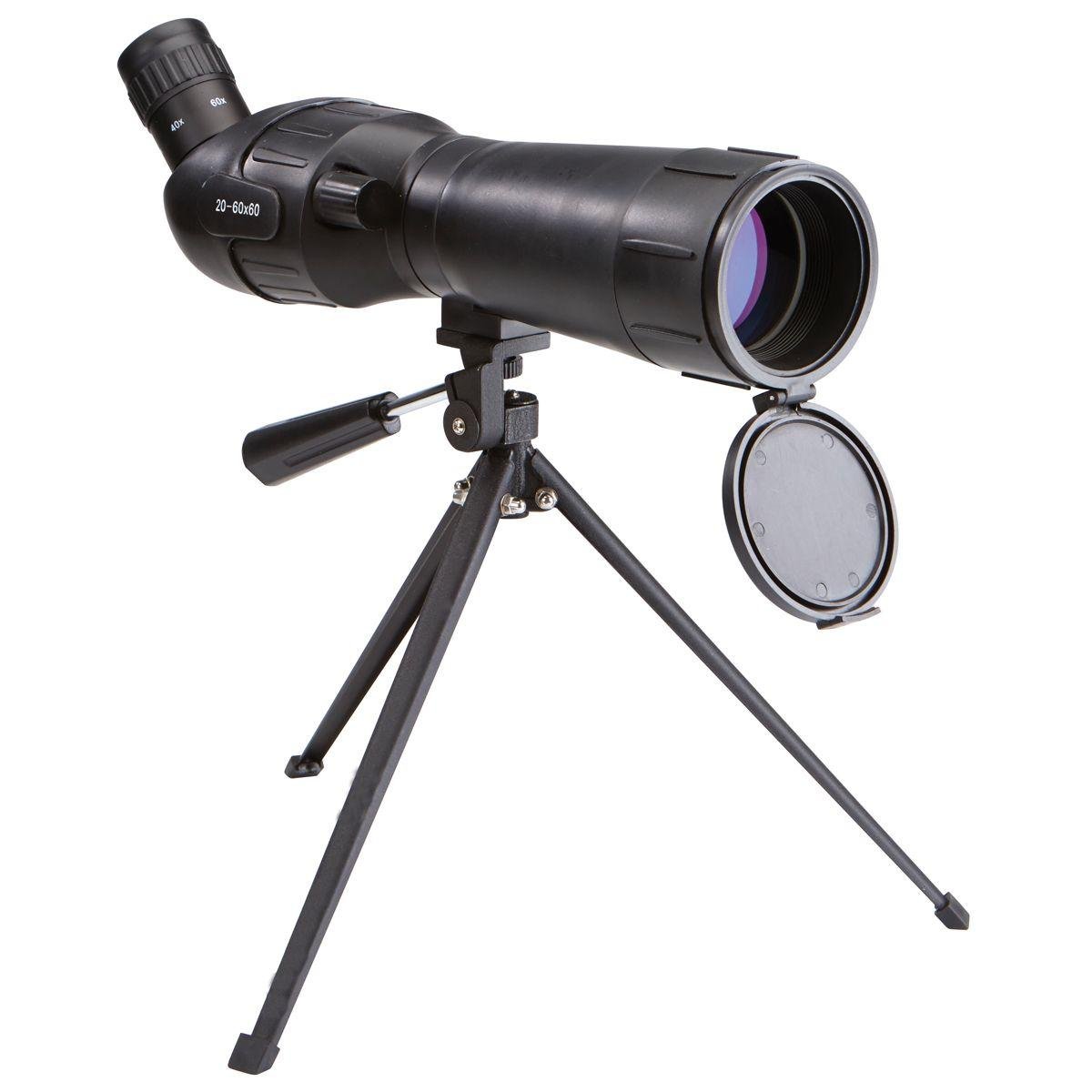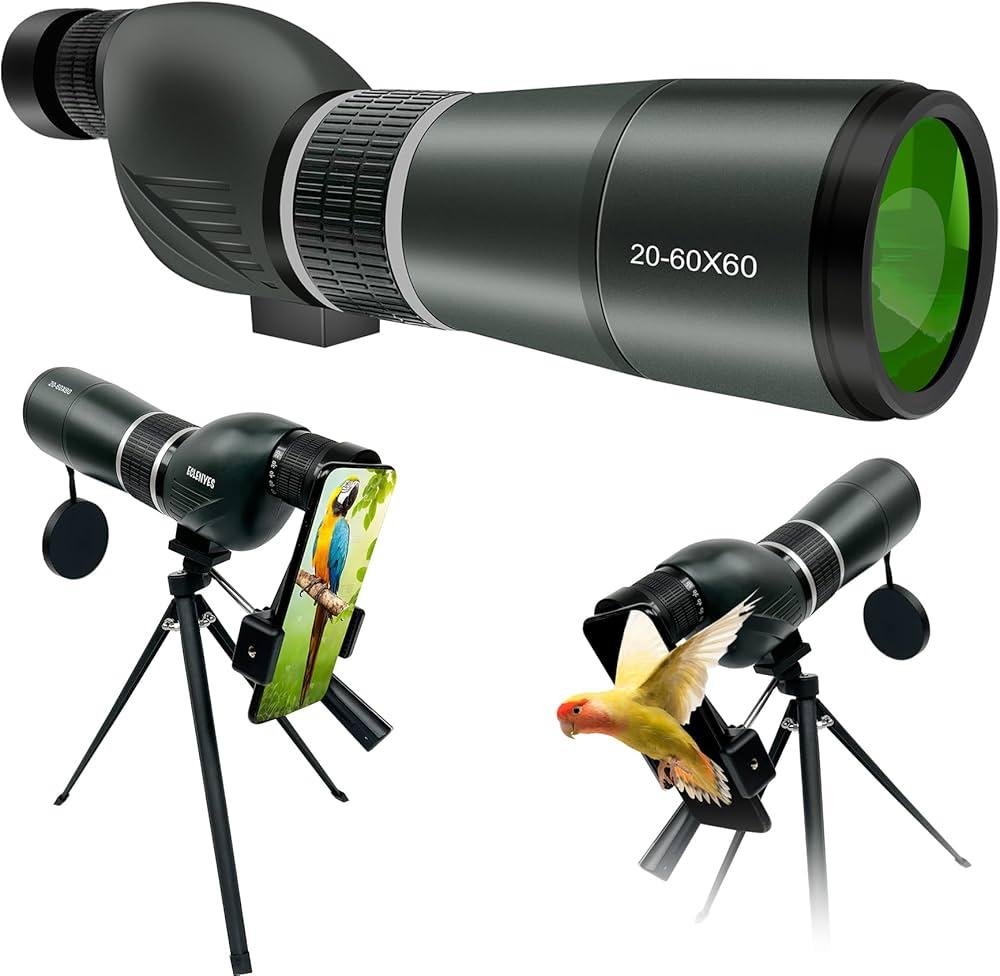How to Choose the Best Spotting Scope: A Friendly Guide for Every Nature Enthusiast
Whether you’re an avid birdwatcher, a curious wildlife observer, or simply someone who loves to gaze at distant landscapes, a good spotting scope can be your best friend in the field. But with so many options out there, how do you choose the right one for your adventures? Imagine standing in front of a wall of tantalizing choices, each promising to unveil the beauty of the world in stunning detail. It can be overwhelming, but fear not! In this friendly guide, we’ll break down the essential features, factors to consider, and tips to help you pick the spotting scope that feels like it was made just for you. So grab a cup of coffee, settle in, and let’s embark on this journey to unlock a clearer view of nature’s wonders together!
Understanding Your Viewing Needs for the Perfect Spotting Scope
When it comes to selecting the right spotting scope, the first step is to truly understand your unique viewing needs. Consider the environments in which you’ll be using the scope. Are you primarily birdwatching in a densely wooded area, or observing wildlife from afar in an open field? Each scenario requires different magnifications and field of view. Think about factors such as lighting conditions, distance from the subject, and the level of detail you wish to capture. Mapping out these needs helps narrow down your options to scopes that excel under your anticipated circumstances.
Another crucial aspect to consider is how you plan to use the spotting scope. Will you be carrying it for long hikes, necessitating a lightweight model, or will it stay fixed in a single spot for stargazing? Additional features can greatly enhance your experience, such as a waterproof design for unpredictable conditions, or the ability to attach a camera for photography enthusiasts. Here’s a simple comparison to help you identify the ideal features for your use case:
| Feature | Importance for Birdwatching | Importance for Stargazing |
|---|---|---|
| Weight | High | Low |
| Magnification | Moderate | High |
| Field of View | High | Moderate |
| Waterproof | High | Moderate |

Key Features to Look for When Selecting Your Ideal Scope
When choosing a spotting scope, you’ll want to focus on a few essential features that can significantly impact your experience. First and foremost, magnification is a crucial factor; scopes typically range from 15x to 60x. Higher magnification allows for detailed observation, but can also reduce stability, so consider your typical usage and whether you’ll need a tripod for support. Another important aspect is the objective lens diameter; larger lenses allow more light to enter, resulting in brighter images, especially in low-light conditions. Look for a balance between size and portability to match your field activities.
The optical quality of the lenses also cannot be overlooked. High-quality glass, such as BaK-4 prisms, enhances clarity and color brightness. Coatings on lenses can reduce glare and improve light transmission; therefore, keep an eye out for models with fully multi-coated optics. Don’t forget about weather resistance—a good scope should be sealed and nitrogen-purged to prevent fogging and moisture damage. Other features to consider include weight and portability, especially if you plan on carrying it long distances. A compact, lightweight design can make your outdoor adventures much more enjoyable.

Field Testing: How to Evaluate Spotting Scopes in Action
When it comes to truly understanding the performance of a spotting scope, field testing is essential. This hands-on evaluation allows you to see how well the scope performs in real-world settings. It’s important to take your scope out in various conditions—whether it’s under bright sunlight or during overcast days. Look for key features such as clarity, color reproduction, and the ability to handle low-light situations. Take note of how easy it is to adjust the focus and how stable the image remains when magnified. Client feedback often highlights these factors as critical, so don’t hesitate to ask fellow enthusiasts about their experiences with specific models.
During your testing, consider creating a checklist to systematically assess each scope. This can include aspects such as:
- Magnification range – Is it sufficient for your needs?
- Field of view – Can you easily track moving subjects?
- Weight and portability – Is it manageable for long outings?
- Eye relief – How comfortable is it for extended use?
- Durability - Is it waterproof and fog proof?
This structured approach will help you make informed choices that align with your specific outdoor activities, whether birdwatching, hunting, or stargazing.

Budgeting Smartly: Finding Quality Without Breaking the Bank
When on the hunt for a high-quality spotting scope, it’s essential to navigate your options wisely to ensure you get the best bang for your buck. Start by defining your needs; consider factors such as the primary use of the scope, desired magnification, and viewing distance. Investing time in research can lead you to brands known for durability and performance without exorbitant prices. Additionally, look for customer reviews and expert recommendations, as firsthand experiences can guide you toward the most reliable choices while avoiding overly expensive models that may not offer significantly enhanced features.
Another effective strategy is to keep an eye out for seasonal discounts and sales events, where brands often mark down their prices substantially. Explore options from reputable manufacturers that provide warranty programs or money-back guarantees. This approach not only adds value but also boosts your confidence in the purchase. Consider the following features that might help you save more in the long run:
- Multi-coated optics: Enhance clarity and brightness without paying extra.
- Waterproof and fog-proof construction: Ensures longevity and reliability.
- Adjustable eyecups: Adds comfort for users with or without glasses.
It’s essential, therefore, to weigh the features against your budget while keeping the long-term benefits in mind. The right spotting scope should not only meet your initial requirements but also stand the test of time, providing countless hours of observation. With a mindful approach, you can enjoy quality optics without emptying your wallet.
In Retrospect
As you embark on your journey to discover the perfect spotting scope, remember that this is more than just a purchase; it’s an investment in countless adventures and breathtaking views. With the tips and insights we’ve shared, you’re now equipped to navigate the options, from magnification to optical quality. Whether you’re birdwatching, hunting, or gazing at distant landscapes, your ideal spotting scope is out there, ready to unveil the wonders of the world around you.
So grab your gear, head outdoors, and let the magic of exploration begin! As you find that perfect spot — and that perfect scope — let every glance inspire a new story. Happy viewing, and may your sights be always high and horizons forever wide!

